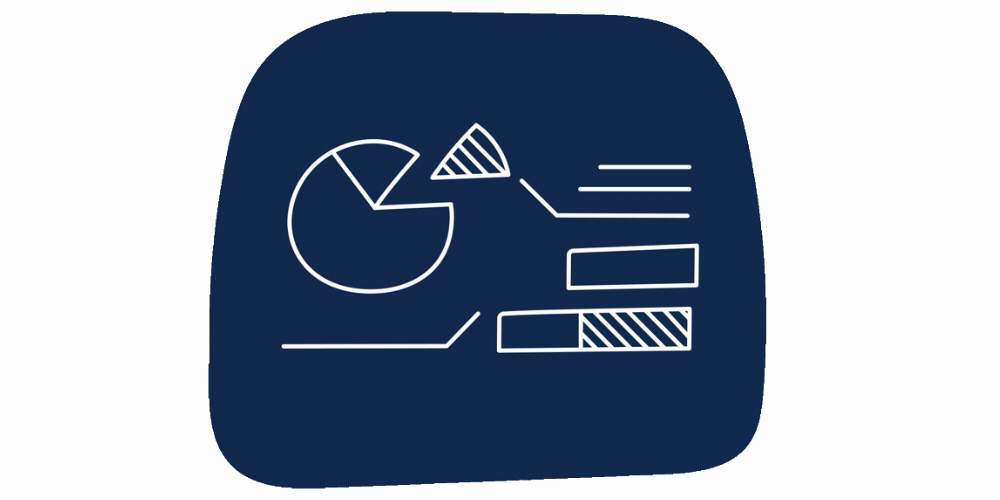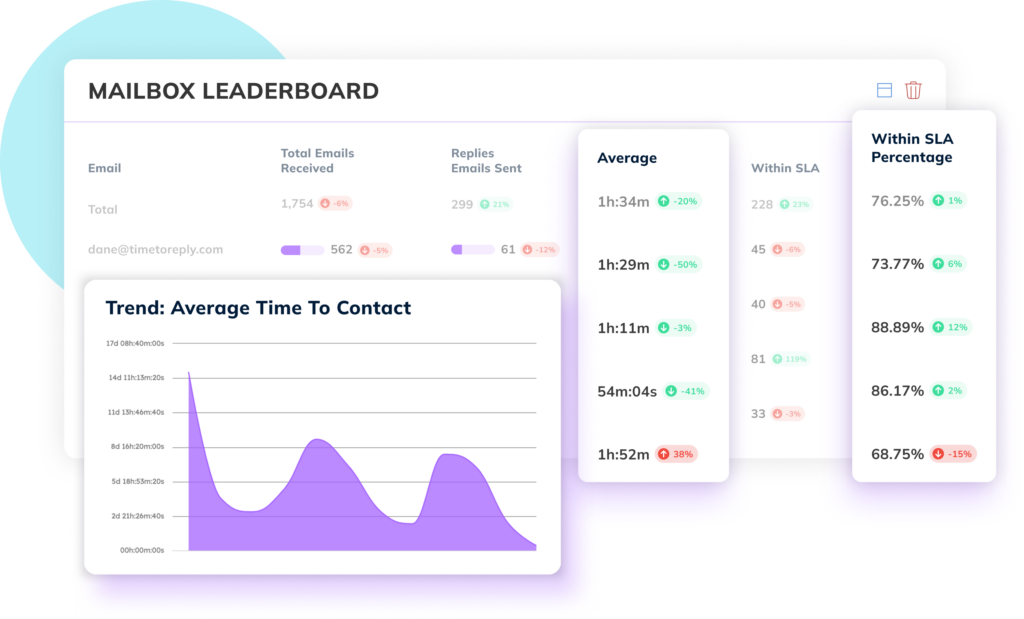Tips for improving your first contact resolution rate

Today’s fast-paced world emphasizes speed and instant gratification. We want it all, and we want it now, from clothing to gadgets to our favourite lunch items. And it extends to customer service: today’s customers want to quickly and effortlessly resolve any issues with minimal disruption to their days.
That’s why First Contact Resolution has become a key objective for high-performance customer-facing teams.
One study found that 86% of customers expect their issue to be resolved at the first contact. For every follow-up interaction, customer satisfaction drops by as much as 15%.
In this blog, we’ll take a closer look at First Contact Resolution, its importance to customer-facing teams, and helpful tips and guidelines for how you can improve your chances at successfully resolving a customer request at the first interaction.
1. Understanding first call resolution (FCR):
First Contact Resolution (FCR) is the ability of a customer-facing team to resolve a customer issue at the first interaction. The goal is to resolve the customer’s concern without the need for any follow-up.
Customer-facing teams with high FCR rates achieve higher rates of customer satisfaction, as well as lower operational costs and better overall efficiency.
By cutting down on the number of interactions with each customer, you save valuable time and effort, creating capacity within your customer-facing teams for more high-value work, like nurturing relationships with key customers.
2. Assessing current FCR rates:
Measuring FCR is a simple formula:
FCR = Total Resolved Cases / Total Cases
Keeping track of FCR is less straightforward. Companies using enterprise-grade ticketing and contact center systems may find it easier to track FCR, but let’s be honest: those types of solutions are not suited to most companies.
Instead, customer-facing teams may choose to manually track FCR by using the above formula once per day, week and month. This gives the company some insight into their FCR and whether it is improving or deteriorating.
Considering most customer service requests are still done via email, the most prudent way to track and measure FCR is to use an email performance optimization tool that offers powerful analytics capabilities.
Tools such as timetoreply Optimizer gives customer-facing teams an easy-to-deploy and user-friendly way of keeping track of first response times, average response times, average ticket resolution time and more.
3. Strategies for improving FCR:

Employee Training
Comprehensive training equips employees to handle a wide range of customer-related issues more efficiently. This leads to improved customer satisfaction and speedier contact resolution. By investing in your employees’ knowledge and competence, you achieve greater consistency in your service levels and build more adaptable teams.
To make training work for your team, make sure you:
Cover all aspects of your products or services, including real-life scenarios and use cases to help employees understand how your products and services are used by customers.
Emphasize problem-solving skills so employees can identify the root cause of issues quickly.
Make use of knowledge bases and FAQs to speed up resolution of common customer queries.
Instill a culture of knowledge-sharing and learning within your customer-facing teams.
Knowledge Management
Companies can speed up their customer service and improve their FCR rate by ensuring that customer-facing teams have easy access to up-to-date, relevant information.
Develop a comprehensive knowledge base by creating a central repository of detailed product and service information, FAQs, and technical guides. Keep the content updated and provide easy access to all customer-facing teams.
Extend the knowledge base to customers to encourage self-service and enable them to find solutions to common problems themselves. This may mean adapting some of the internal documentation in simpler form, for example how-to guides and tutorials.
Effective Communication
Communication skills are key to any customer-facing team’s success. The better teams communicate – and the quicker they can understand and empathize with customer issues – the quicker they’ll be able to resolve customer queries.
Communication skills are essential to improving FCR rates and a critical component to building trust and enhancing customer satisfaction.
Skills such as active listening, using clear and concise language, posing open-ended questions to better understand customer issues, and building emotional intelligence all contribute to improved customer communication.
Use of Technology
The clever deployment of technology is essential to improving customer-facing teams’ FCR rate. By streamlining processes, automating repetitive tasks and speeding up access to vital information, companies can ensure their customer-facing teams are equipped to resolve customer queries quickly and efficiently.
Technology tools such as chatbots provide 24/7 support to customers and can assist with issue resolution even outside of normal business hours.
The growing maturity and power of AI tools can accelerate FCR, especially through the use of Natural Language Processing and Predictive Analytics.
Email performance optimization tools such as timetoreply play a vital role by continuously tracking email response times, alerting customer-facing teams of customer emails that have been left unattended, and monitor compliance to SLAs. Data produced by timetoreply can also provide insights into the performance of individual agents or the broader customer-facing team, enabling managers to provide targeted training and support as needed.
Process Optimization
Customer-facing teams also need to optimize their processes to achieve greater efficiency and reduce the amount of time needed to resolve customer queries.
This can be done through the development of clear Standard Operating Procedures for common issues, as well as automation of routine tasks. Benchmarking and continuous measurement can also reveal key insights into potential bottlenecks in resolving customer issues, which can lead to further improvements in FCR rates.
4. Monitoring and continuous improvement:
In addition, companies may want to ensure there are regular feedback loops to keep track of customer expectations. The insights gained can be used to drive ongoing improvements within their customer-facing teams.
High performing customer-facing teams should also prioritize the use of tools that can monitor and optimize their email performance through the use of data insights about their teams. Using tools such as timetoreply gives managers real-time visibility into the performance of their teams – at a team and individual level – including their reply times, resolution rates, email effectiveness, and adherence to SLAs.

timetoreply leaderboard dashboard
By regularly leveraging data insights, companies can also reveal trends about their customer-facing teams’ performance and progress against key metrics. Over time, companies can use these trend insights to identify areas of improvement, and implement appropriate measures to enhance their FCR rate.
Conclusion:
First Contact Resolution is a top ambition for customer-facing teams that want to deliver superior customer experiences, grow revenue, and drive customer loyalty and retention. But it can be elusive without the right support and structure behind it.
Ongoing employee training, the development of rich knowledge resources, improved communication, smart use of technology, and optimized processes all contribute to higher FCR rates.
With email still the number one customer service channel, it’s no surprise that the best customer-facing teams also make use of email performance optimization tools to monitor and improve their FCR rates.
Use the strategies and tips in this article to achieve better FCR rates. And get in touch with us if you want to know more about how timetoreply can support your customer-facing teams with data, insights and automation capabilities that close the gap between customers’ first contact and your team’s ability to resolve their issues quickly.
